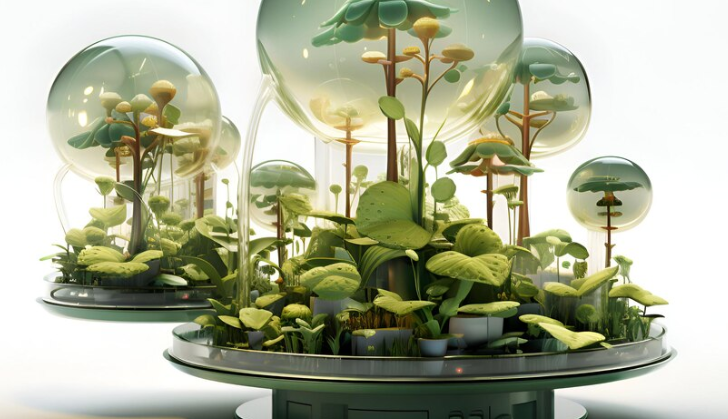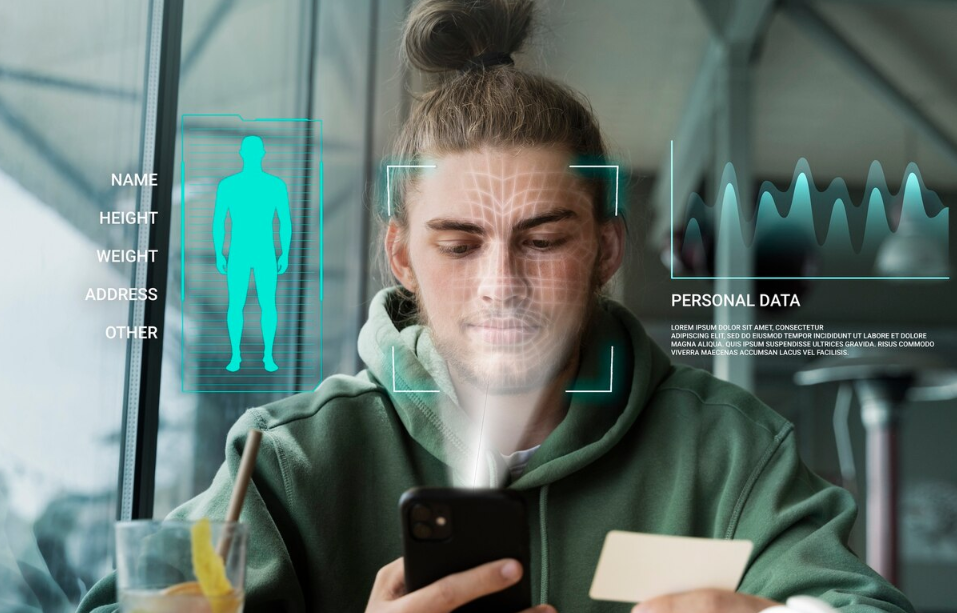From surreal paintings to generative music and even poetry, artificial intelligence is making its mark on the world of art. But as machines churn out compelling visuals and compose symphonies, one question sparks endless debate: Can AI truly be creative?
Redefining Creativity in the Digital Age
Traditionally, creativity has been seen as a uniquely human trait—an expression of emotion, experience, and imagination. However, AI challenges that definition by generating works that often mimic, or even surpass, human craftsmanship.
- AI-generated art has sold for hundreds of thousands at auctions.
- Music composed by algorithms is being used in video games and film scores.
- Language models are writing short stories, poems, and scripts with startling coherence.
But is this really creativity, or just advanced imitation?
How AI Creates Art
AI doesn’t create in the way humans do. Instead, it analyzes vast amounts of data—artworks, styles, patterns, and language—and uses mathematical models to generate new outputs. Some of the most common techniques include:
1. Generative Adversarial Networks (GANs)
GANs consist of two neural networks that “compete” with each other to produce realistic content. They’ve been used to create:
- Abstract paintings
- Deepfake videos
- Hyper-realistic portraits
2. Neural Style Transfer
This technique allows an AI to apply the style of one image (like Van Gogh’s brushstrokes) to the content of another (like a modern photograph).
3. Large Language Models (LLMs)
Tools like ChatGPT and others can generate poetry, scripts, and prose based on prompts, using probability and pattern recognition across massive text datasets.
The Argument For AI Creativity
Some argue that creativity doesn’t require consciousness, only the ability to combine elements in novel, meaningful ways. By that measure, AI qualifies.
- It can produce original combinations of form and style.
- It often surprises even its developers with unexpected outcomes.
- It can collaborate with human artists in ways that expand creative boundaries.
In fact, many artists now see AI not as a threat, but as a creative partner—a tool for co-creation.
The Argument Against AI Creativity
On the flip side, critics claim AI lacks true intent, emotion, and self-awareness—core components of genuine artistic expression.
- AI doesn’t “feel” inspiration or pain.
- It lacks purpose beyond what it’s programmed to do.
- Its “creativity” is derivative, based entirely on existing human-made data.
For these reasons, some argue that AI art is impressive but ultimately hollow—a mirror reflecting human creativity, not a new source of it.
The Middle Ground: Augmented Creativity
Perhaps the most compelling perspective is that AI doesn’t replace creativity, but enhances it. Human artists using AI tools can:
- Generate new ideas faster
- Explore styles they may never have considered
- Create at the intersection of logic and imagination
Just as the camera didn’t destroy painting or the synthesizer didn’t kill acoustic music, AI may simply be the next evolution in artistic expression.
Final Thoughts
AI challenges our assumptions about what it means to be creative. While machines may never feel, dream, or reflect the way humans do, they are undeniably changing the creative landscape. Whether as tool, collaborator, or even competitor, artificial intelligence is here to stay in the world of art.
So maybe the real question isn’t “Can machines be creatively intelligent?”—but rather, “Are we ready to redefine creativity itself?”


